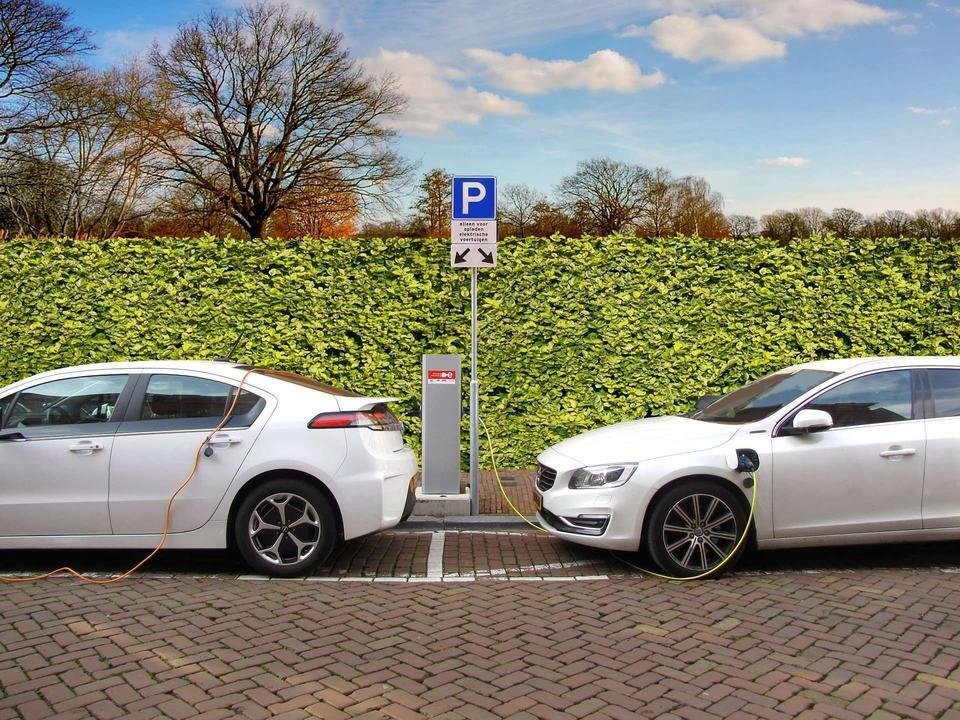Contasult: instalación de punto de carga para vehículo eléctrico en garaje comunitario

Cada vez usamos más vehículos eléctricos y en muchos casos, al residir en una Comunidad de Propietarios, desconocemos la regulación específica que nos asiste. Debemos saber que el Real Decreto 1053/2014 establece que en los garajes comunitarios de edificios de viviendas debe haber una preinstalación, es decir, una conducción común que permita hacer las derivaciones a cada plaza de garaje individual, si bien, no obliga a que haya puntos de recarga propiamente dichos. Sin embargo, los aparcamientos nuevos, de flotas, empresas, oficinas y uso público, tienen la obligación de contar con una estación de recarga cada 40 plazas de aparcamiento.
El 23 de noviembre de 2009, el BOE publicó la Ley 19/2009 de medidas de fomento y agilización procesal del alquiler y de la eficiencia energética de los edificios, modificando la Ley de Propiedad Horizontal para simplificar y facilitar la instalación; así con esta modificación, no es necesario someter la instalación a la aprobación de una Junta de Propietarios. Simplemente hay que informar por escrito y de manera oficial al Presidente de la Comunidad o Administrador de Finca, de que se va a realizar la instalación y guardar copia del documento con fecha y sello o firma.
Existe una instrucción técnica complementaria número 52 del Reglamento Electrotécnico de Baja Tensión (REBT) (ITC-BT-52), que regula la infraestructura de recarga para vehículos eléctricos en todo tipo de garajes.
Hay varias formas de proceder para instalar un punto de recarga para vehículos eléctricos, siempre realizándose la instalación por un instalador electricista autorizado y conforme al REBT, de modo que se garantice la calidad y seguridad de la instalación con un sistema de protección de línea contra contactos indirectos y contra sobretensiones.
Si el garaje es del mismo edificio en el que vivimos, lo más razonable es realizar una derivación de nuestra instalación eléctrica individual hasta la plaza de garaje, aprovechando el mismo contrato de suministro eléctrico de la vivienda. Si la plaza de garaje no está en el mismo edificio en el que vivimos, o bien si no es posible realizar la derivación desde el contador del propio usuario, porque finalmente la normativa no lo permita, o porque resulta muy difícil técnicamente, por cuestiones relacionados con el edificio, se puede hacer la derivación desde el contador eléctrico del propio garaje. Si bien, en este caso no solo es suficiente con informar a la comunidad de propietarios, sino que esta debe aprobarlo.
Hay que hacer un nuevo circuito con su propia línea, específico para el punto de recarga. Esto es así sobre todo por una cuestión de seguridad y control, y para evitar sobrecargar un circuito ya existente. También existe la posibilidad contrata un nuevo suministro eléctrico, con el coste fijo mensual o bimestral correspondiente, y con su contador principal propio. Si tienes un vehículo eléctrico y resides en un edificio con Comunidad de Propietarios y tienes dudas acerca de la viabilidad de la instalación de un punto de recarga, contacta con nosotros para que evaluemos tu caso.
Installation of an electric vehicle charging point in a community garage
More people are using electric vehicles nowadays and in many cases those of us who live in a Community of Owners are unaware that a specific regulation assists us.
We should be aware that under Royal Decree 1053/2014, community garages in residential buildings must have a pre-installation, in other words a common conduit from which connections can be made to each individual garage space, although the decree does not say that there must be charging points as such.
However, new car parks for fleets, companies, offices and public use, are now obliged to have one charging point for every 40 parking spaces.
On 23 November 2009, Law 19/2009 was published in the BOE, with measures to develop and streamline the rental process and energy efficiency of buildings. It modified the Law of Horizontal Property to simplify and facilitate the installation. With this modification, the Committee of Owners no longer has to approve the installation; the President of the Community or Property Administrator only has to be notified officially in writing that the installation is going to be carried out, and a copy of the document with the date and stamp or signature should be kept.
There is also a complementary technical instruction, number 52 of the Electrical Low Voltage Regulation (REBT) (ITC-BT-52), which regulates the charging infrastructure for electric vehicles in all types of garages.
There are different ways of installing a charging point for electric vehicles, but this must always be done by an authorised electrician and comply with the REBT to guarantee the quality and safety of the installation, with a line protection system against indirect contacts and surges.
If the garage is in the same building in which we live, the most reasonable option is to extend our individual electricity connection to the garage space, under the same electricity contract for the residence.
If the garage space is not in the same building in which we live, or it isn’t possible to connect it from the user’s meter because in the end the rules do not permit it, or because it is technically very difficult for reasons relating to the building, a connection can be made from the electric meter for the garage itself. However, in this case it is not enough to inform the community of owners – their approval will be necessary.
A new circuit will have to be made with its own line, specifically for the charging point. This is, above all, a matter of safety and control, to avoid overloading an existing circuit.
There is also the possibility of contracting a new electricity supply, with the corresponding monthly or two-monthly cost, and with its own meter.
If you have an electric vehicle and you live in a building with a Community of Owners, and you have doubts about the viability of installing a charging point, contact us and we will evaluate your case.


